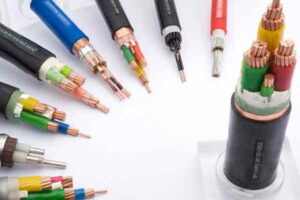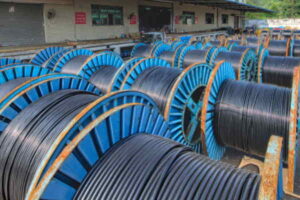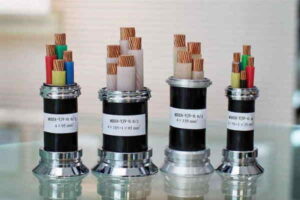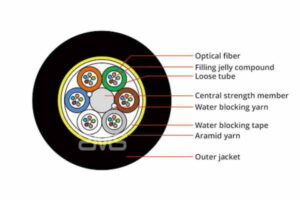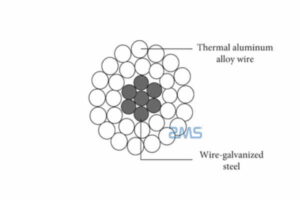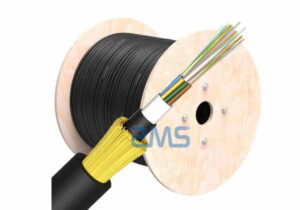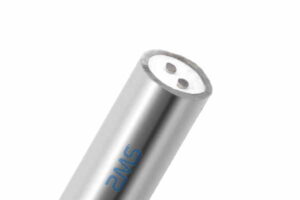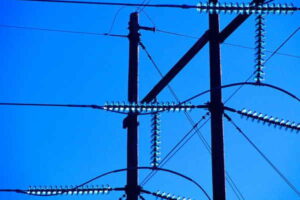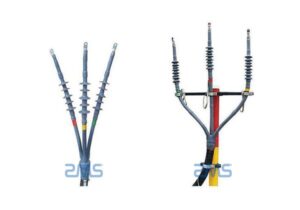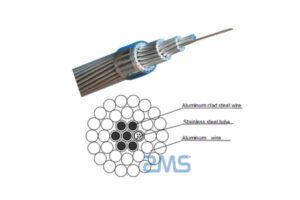Industrial cables are a type of electrical cable that are specifically designed for use in industrial settings. These cables are typically used to power machinery, lighting, and other equipment in factories, warehouses, and other industrial facilities.
Information
Recent cable industry information shared by the world’s top cable manufacturers. The most authoritative cable and wire website.
Future Trends in Low-Voltage Cables: Advances in Power Transmission and Communications
Low-voltage cables have played a crucial role in power transmission and communication systems for many years. With the advent of new technologies, the role of low-voltage cables is becoming more critical than ever.
In this essay, we will explore the future trends in low-voltage cables, specifically in power transmission and communications. We will look at emerging technologies, materials, and techniques that are likely to shape the future of low-voltage cables.
The Types And Applications Of Low-Voltage Cables?
Low-voltage cables are electrical wires that are designed to carry electrical currents at voltages below 50 volt AC or 120 volt DC. These cables are commonly used in a variety of applications, including telecommunications, lighting, and power distribution.
Exploring the Advantages and Versatile Applications of ADSS Fiber Optic Cable Technology
ADSS stands for All-Dielectric Self-Supporting cable. It is a type of optical fiber cable that does not require any metallic support to hold its shape and maintain its position.
This makes it suitable for use in overhead installations, such as spanning across rivers or valleys.
ADSS cable is made up of a dielectric (non-conductive) material, such as plastic or glass, which surrounds the optical fibers.
This design allows the cable to be lightweight and flexible, while also providing excellent protection for the optical fibers.
HTLS Conductor Cable: Types and Characteristics for High-Temperature Power Transmission
HTLS conductor cable, or high-temperature low-sag conductor cable, is a type of electrical conductor that is used in high-voltage power transmission lines.
It is designed to operate at high temperatures without losing its mechanical strength or electrical conductivity.
This allows the cable to carry high currents over long distances without sag, which can reduce the overall efficiency of the transmission line.
OPGW vs. ADSS: Understanding the Differences Between Fiber Optic Cable Types for Power Transmission Lines
Difference Between OPGW Fiber Optic Cable and ADSS Fiber Optic Cable
OPGW and ADSS fiber optic cables are both types of outdoor fiber optic cables, which are used to transmit data over long distances.
These cables are made up of extremely thin strands of glass or plastic, known as optical fibers, which are encased in protective sheathing.
The fibers are arranged in a bundle, called a cable core, which is then surrounded by additional layers of protective material to create the final cable.
MI Mineral Insulated Heating Cable Structure Principle and Application Scenario
MI armored heating cable, also known as mineral insulated heating cable, is a combination of electric heating wire material, inorganic insulation (such as magnesium oxide, alumina, etc.), and metal protection tube, which is a solid body compacted closely by mold, especially suitable for high-temperature pipeline tracing heat.
Breakdown The Types Of Insulators, How Many Do You Know?
What Is An Overhead Line Insulator?
On one end of the high-voltage power line connection tower hangs a lot of disc-shaped insulators, which are designed to increase the creepage distance, usually made of glass or ceramic, and are called overhead line insulators.
Briefly Explain The Role of Cable Termination Joints and Installation Requirements
Cable termination and joints are a very important process in cable construction, and the quality of cable termination and joints directly affects the quality of the entire electrical engineering construction.
Therefore, in the process of cable construction, we must conduct a comprehensive analysis of all aspects of the cable to ensure that the cable can work effectively and stably for a long time, which is also the main role of cable termination and joint work.
OPPC Fiber Optic Cable In The Application Of Low- And Medium-Voltage Grid Communications
Application Of OPPC Fiber Optic Cable
OPPC fiber optic cable is a new type of special fiber optic cable for a powerful communication system.
It is a fiber optic cable with fiber optic units compounded in the wire in the traditional phase wire structure.
It also makes full use of the power system’s line resources, especially the power distribution system, to avoid conflicts with the outside world in terms of frequency resources, routing coordination, electromagnetic compatibility, etc.
Make it has the dual function of transmitting electricity and communication.

